The DSN is being upgraded to communicate with more spacecraft than ever before and to accommodate evolving mission needs.
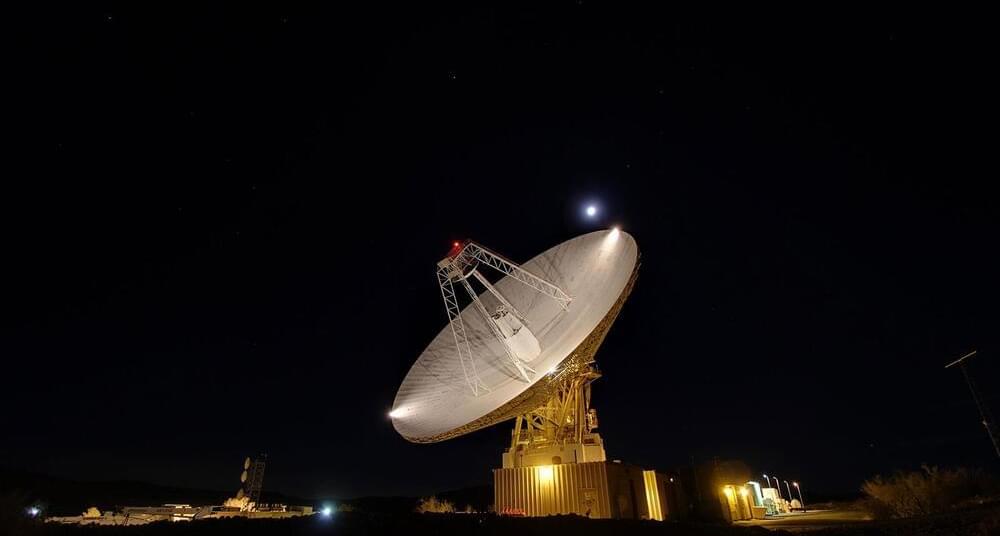

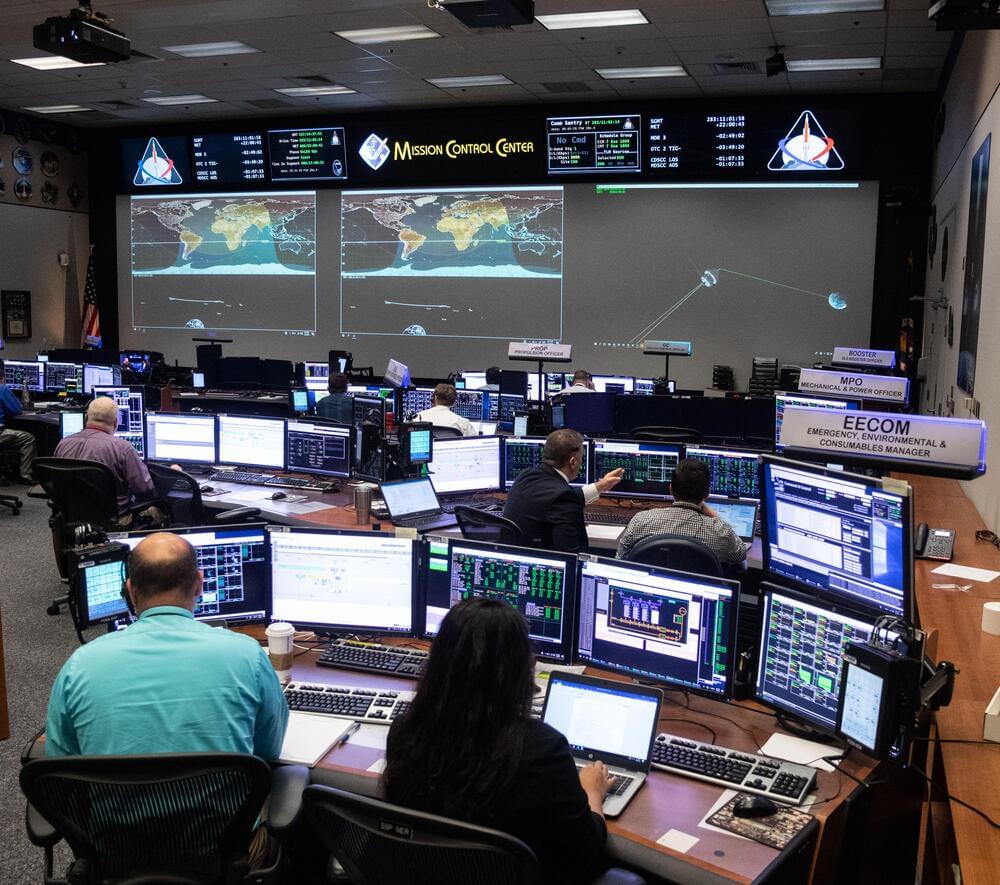

High-energy cosmic rays have proven elusive… but we may have found their source.
Thanks to new research led by the University of Nagoya, scientists have quantified the number of cosmic rays produced in a supernova remnant for the first time. This research has helped resolve a 100-year mystery and is a major step towards determining precisely where cosmic rays come from.
While scientists theorize that cosmic rays originate from many sources — our Sun, supernovae, gamma-ray bursts (GRBs), and active galactic nuclei (sometimes called quasars) — their exact origin has been a mystery since they were first discovered in 1912. Similarly, astronomers have theorized that supernova remnants (the after-effects of supernova explosions) are responsible for accelerating them to nearly the speed of light.
As they travel through our galaxy, cosmic rays play a role in the chemical evolution of the interstellar medium (ISM). As such, understanding their origin is critical to understanding how galaxies evolve.
The 36th Space Symposium began with an opening ceremony honoring outstanding individuals and organizations in the space community.
Among the honorees, the team behind NASA’s Ingenuity Mars Helicopter received the John L. “Jack” Swigert, Jr. Award for Space Exploration. The annual award recognizes extraordinary accomplishments by a company, space agency, or consortium of organizations in the realm of space exploration and discovery.
Also, Bill Ingalls, a senior contract photographer at NASA received the 2021 Douglas S. Morrow Public Outreach Award. For over three decades Ingalls has been capturing NASA’s most spectacular moments through his camera lens. His iconic photos have captured Neil Armstrong’s burial at sea, Space Shuttle Endeavor’s final landing in 2,011 and the first launch of a US citizen on a Russian rocket.
The Space Symposium brings together space leaders from around the world to discuss, address and plan for the future of space. It runs from Aug. 23 to 26 in Colorado Springs, Colorado.
Contents:
0:00 Introduction.
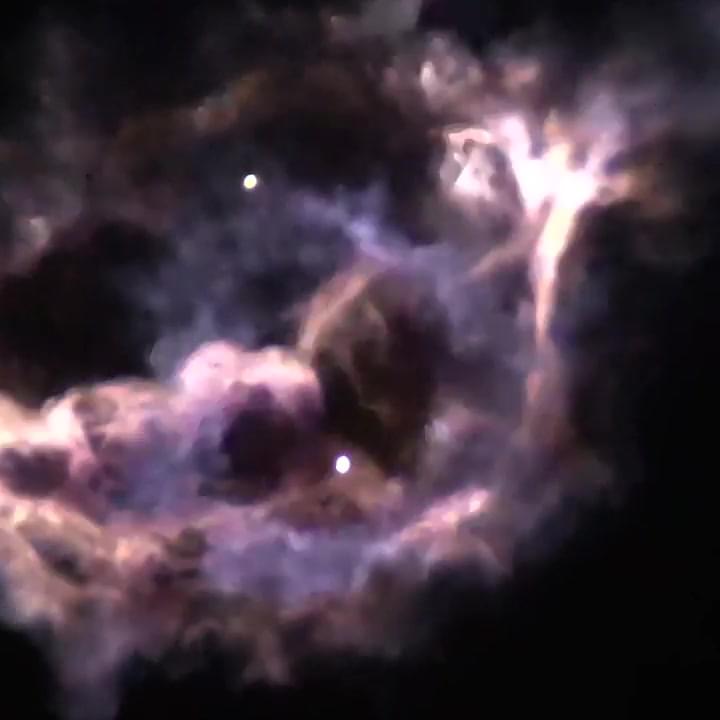
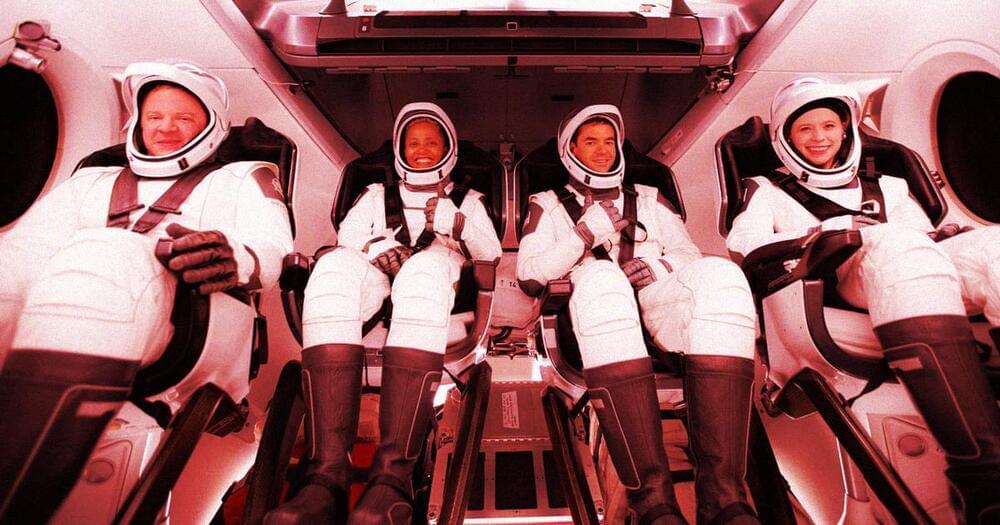
Dawn Aerospace has successfully completed five test flights of its uncrewed Mk-II Aurora suborbital spaceplane in the skies over Glentanner Aerodrome on New Zealand’s South Island. The flights were conducted by the New Zealand-Dutch space transportation company from July 28 to 30 2021 at altitudes of up to 3,400 feet (1,036 m), with the prototype airframe fitted with surrogate jet engines.
The three-days of test flights to assess the airframe and avionics of the aircraft took place under a certificate issued to Dawn by the New Zealand Civil Aviation Authority (CAA), which allowed the Mk-II Aurora to operate from conventional airports without airspace restrictions after ground tests were completed.
The Mk-II Aurora is designed to take off and land horizontally using conventional runways. It’s currently equipped with surrogate jet engines, but these will be replaced by a liquid-fuel rocket engine, which is now undergoing static tests. Once installed, the hydrogen peroxide/kerosene engine will propel the spaceplane to supersonic speeds and high altitudes, and ultimately to a height of 100 km (62 mi) on a suborbital trajectory.
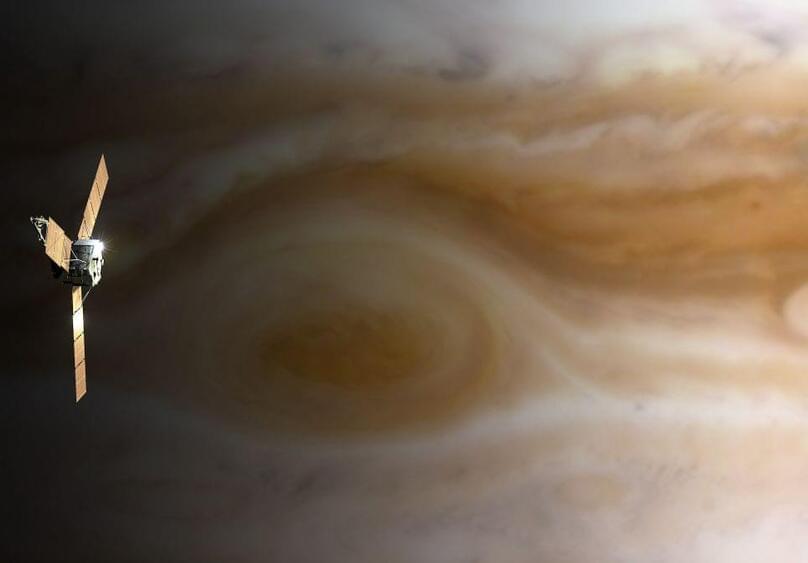
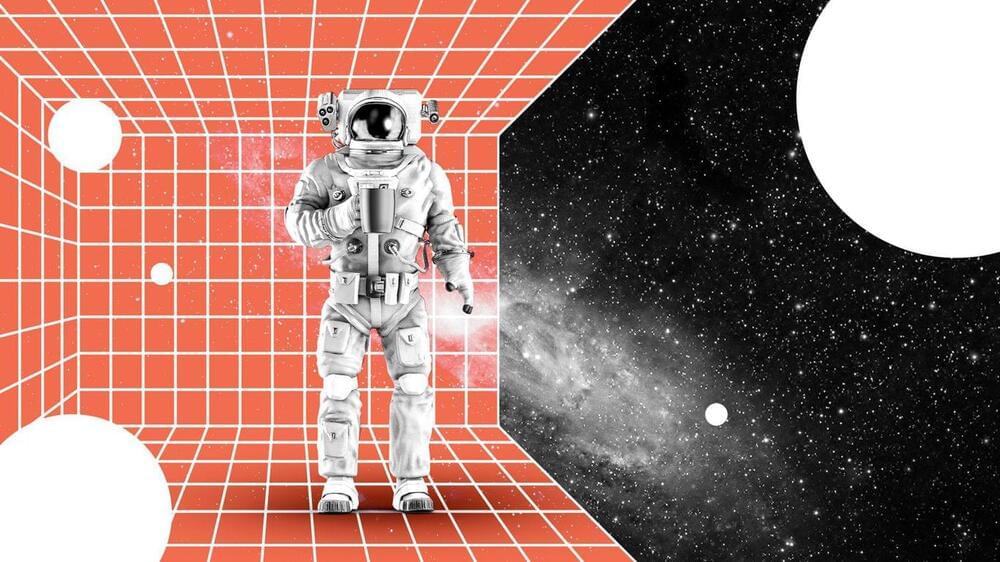
The launch next month of the first all-civilian mission to orbit is an ambitious test for a burgeoning space industry’s futuristic dream of sending many more ordinary people to space in the next few years.
Why it matters: Companies and nations envision millions of people living and working in space without having to become professional, government-backed astronauts. Those hopes are riding on SpaceX’s next crewed mission, called Inspiration4.
SpaceX CEO Elon Musk has plans for a giant orbital arm that he claimed resembles a character from Godzilla.